Lower Fort Garry: Life in the Canadian Fur Trade Era
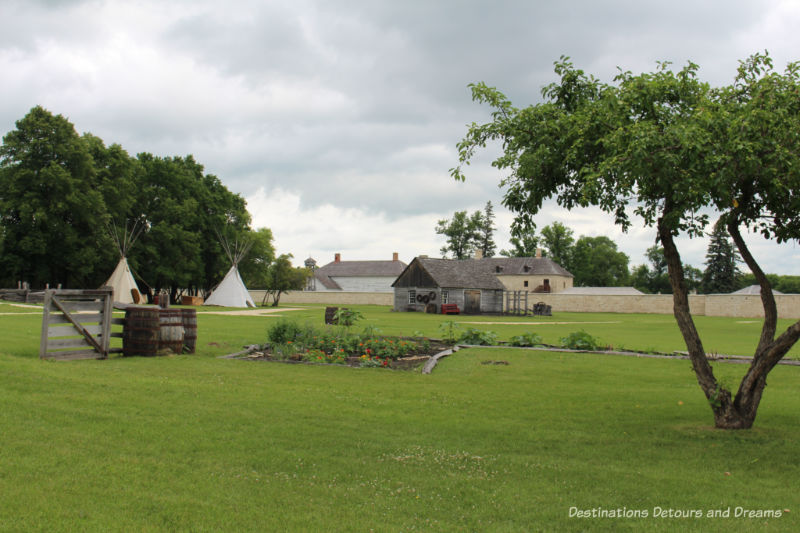
The restored Lower Fort Garry National Historic Site, near Winnipeg, Manitoba, recreates life in the 1850s fur-trade era
Original buildings inside a limestone wall at Lower Fort Garry National Historic Site, 30 kilometres north of Winnipeg, Manitoba, give visitors a glimpse into western Canada’s fur-trading past. The fort was originally built in the 1830s for the Hudson’s Bay Company and operated as a company post until 1911. In the 1870s, the federal government used the fort as the first training base for the North West Mounted Police. In 1871, it was the site of the signing of Treaty 1, the first of 11 numbered treaties between Canada and Indigenous peoples.
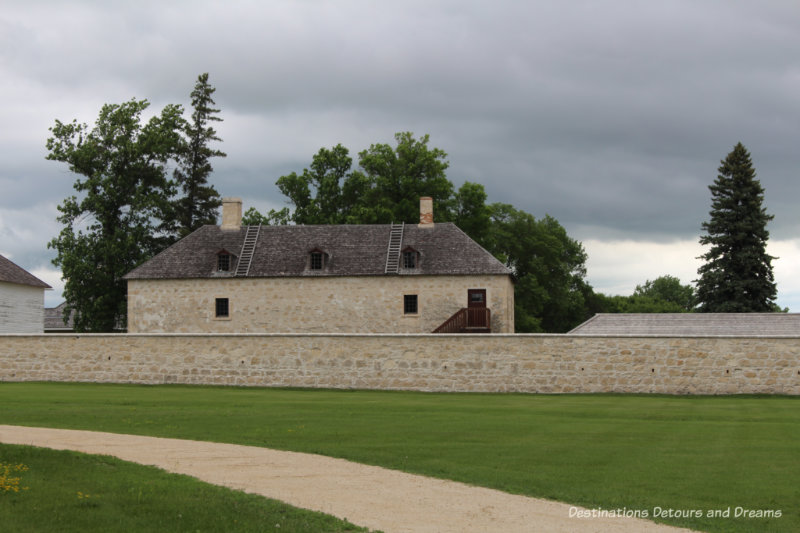
Today, restored heritage buildings and costumed interpreters recreate the life of trappers and traders of the Hudson’s Bay Company in the 1850s. Buildings are furnished in period style. You can see a blacksmith at work, touch the furs in the storage loft, and smell food cooking in the kitchen.
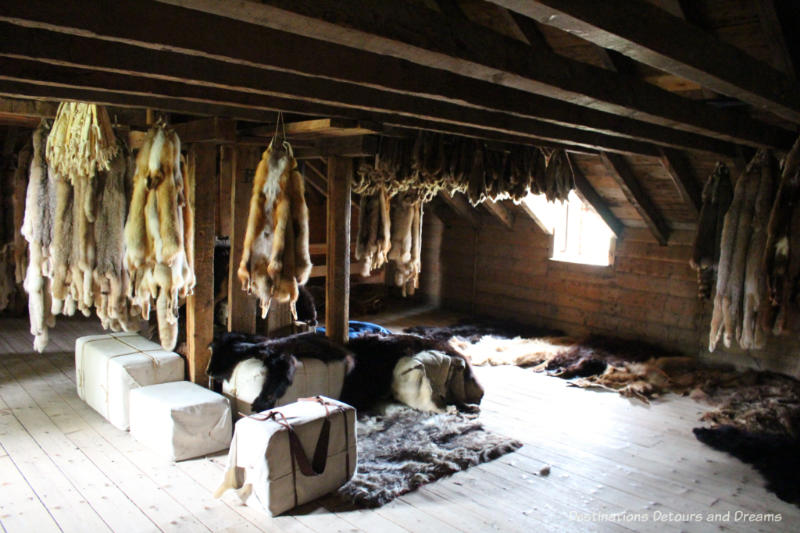
Lower Fort Garry has one of the finest collections of early stone buildings in Western Canada. Both wood and stone were used in construction of the buildings. The original wooden Fort Garry was established in 1822 near the forks of the Red and Assiniboine Rivers in what is now downtown Winnipeg. After a devastating flood in 1826, George Simpson, Hudson’s Bay Company governor at the time, sought a new location on higher ground. The new fort, Upper Fort Garry, never took over from the old fort in the way he’d envisioned. Very little fur was traded, but the fort provided agricultural and industrial products for other districts and served as a trans-shipment point for furs and goods.
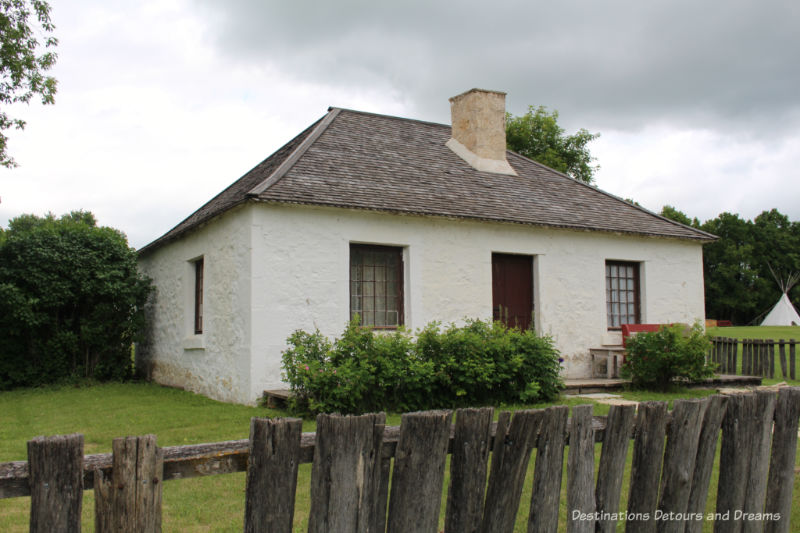
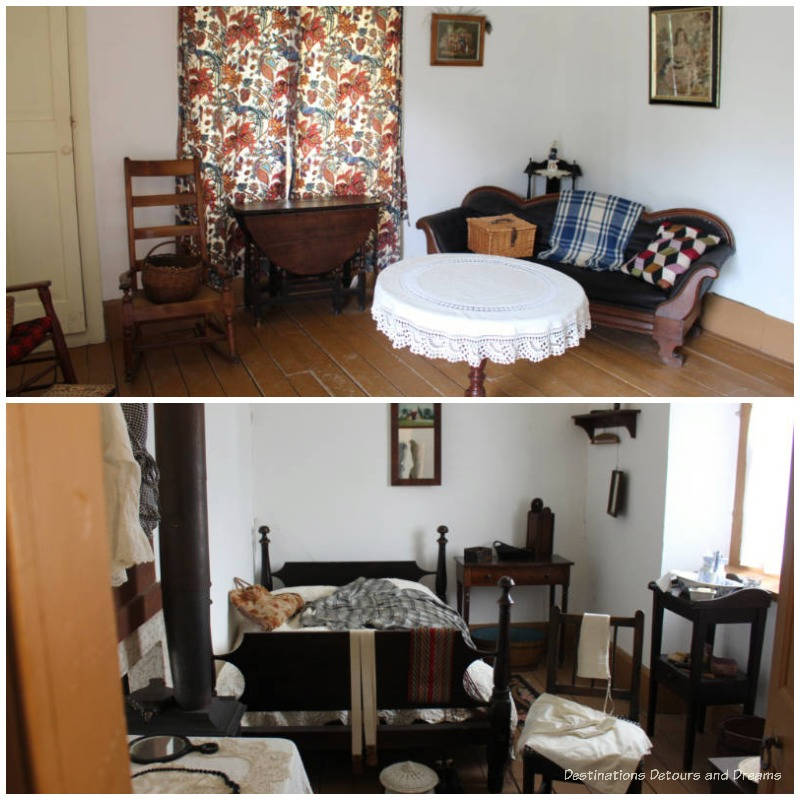
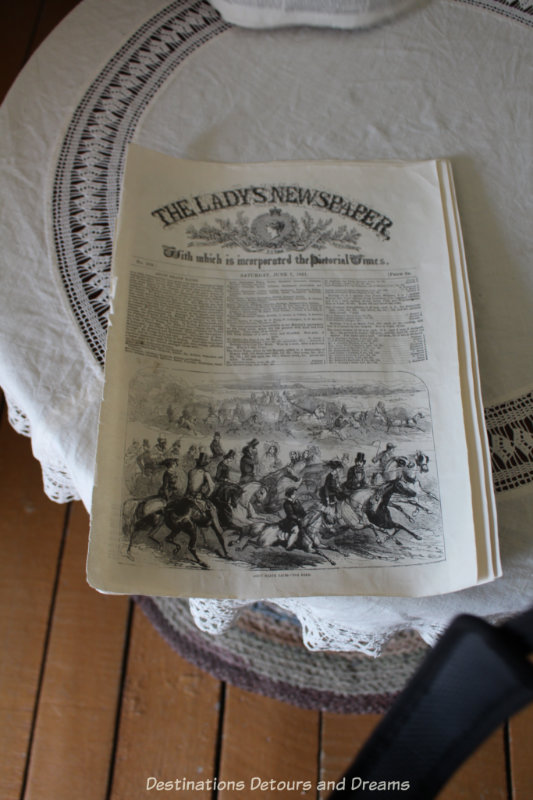
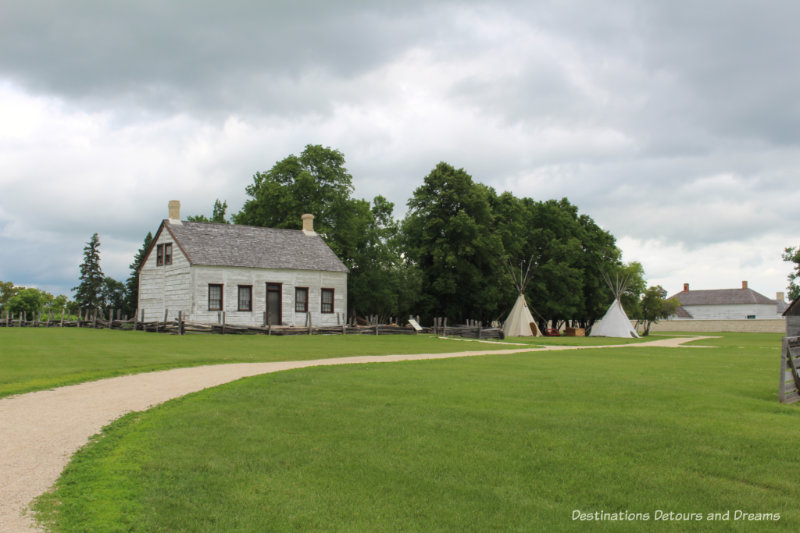 Fraser House
Fraser HouseThe Fraser House was built by John Fraser around 1830 and was originally located on what is now Leila Avenue in Winnipeg. Fraser was employed in the management of the Hudson’s Bay Company Experimental Farm (1817-1823). The house was moved to Lower Fort Garry in 1969 to interpret the 1850s farm period when farm manager Alexander Lillie and his family lived in a similar house near this location.
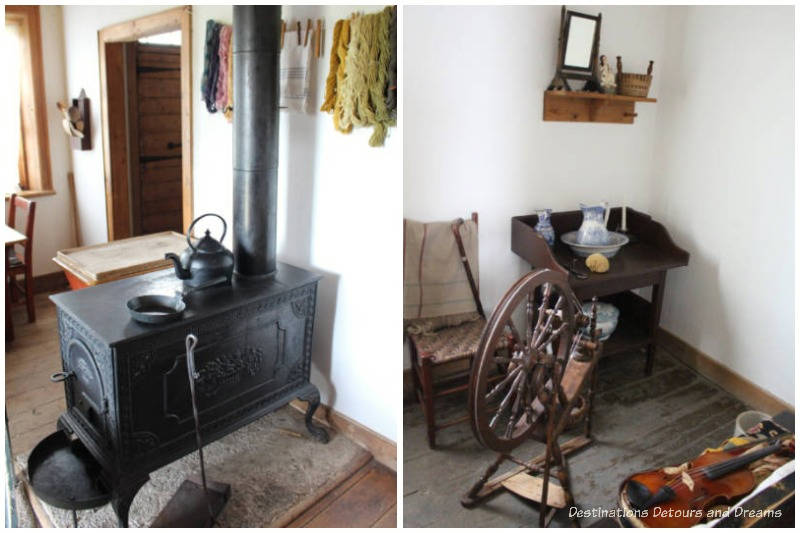
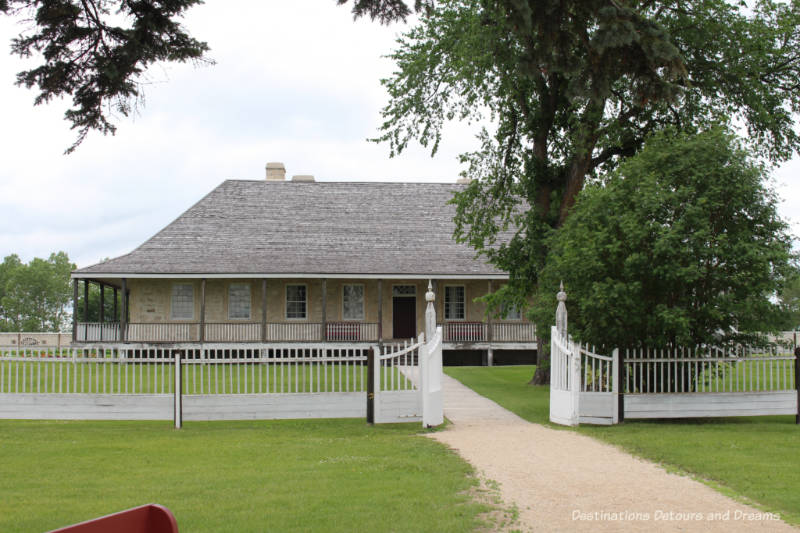
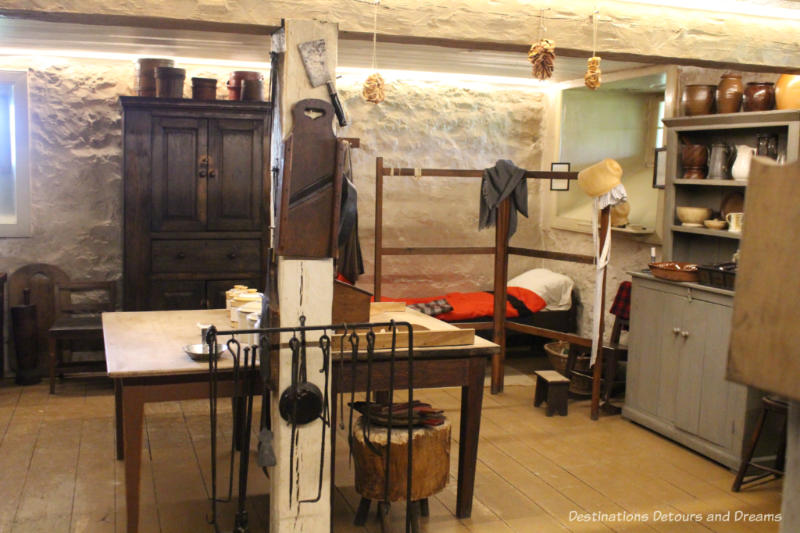
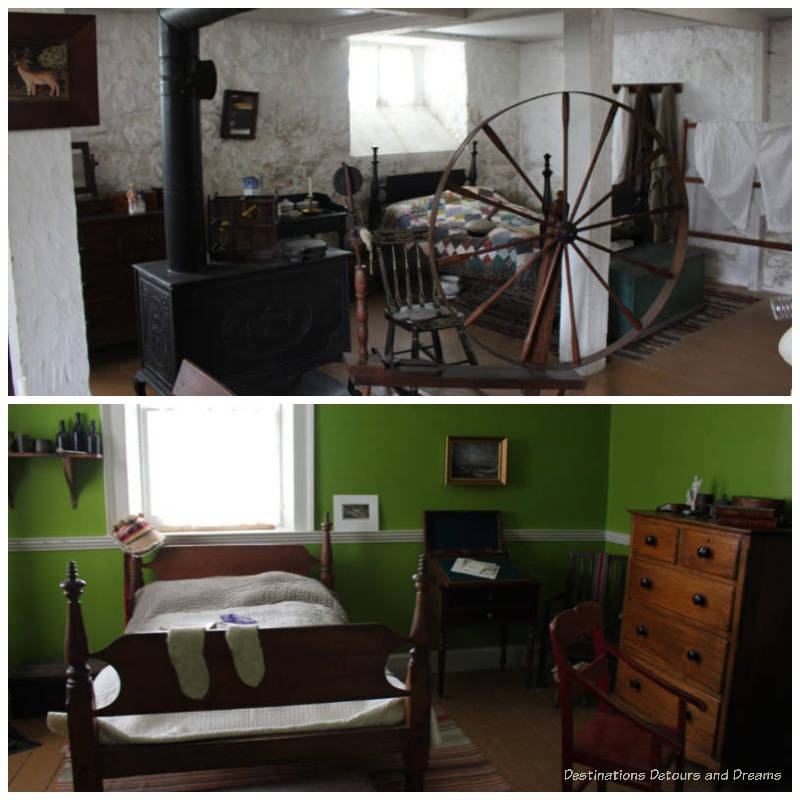 Two of the bedrooms in the Big House
Two of the bedrooms in the Big House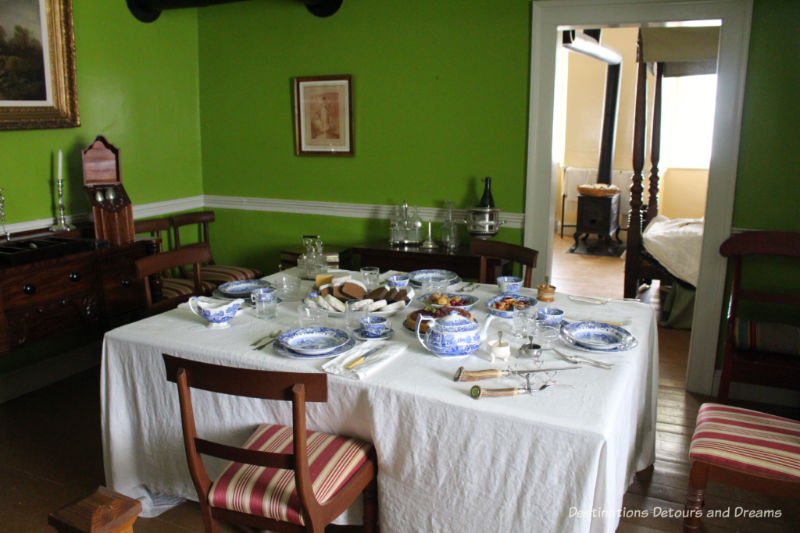
One of the things that struck me as I toured the house was what a lonely life it must have been for the few women in the fort, such as the Governor’s wife or other managers’ wives.
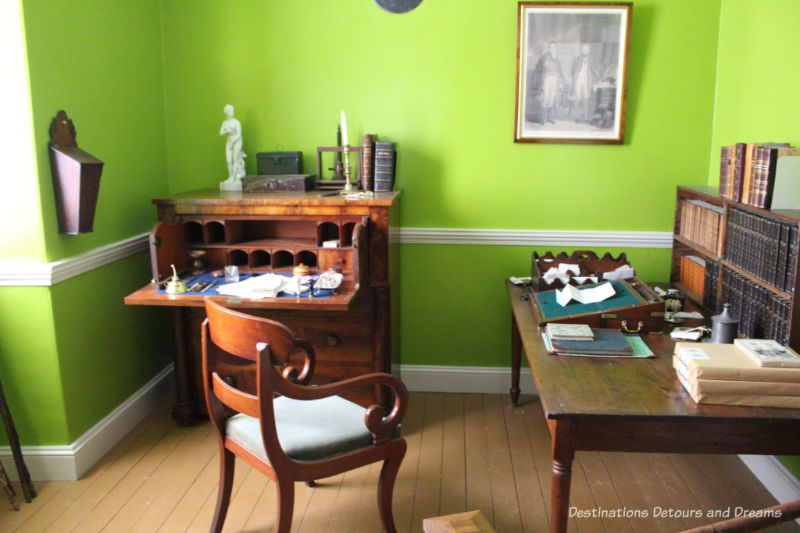
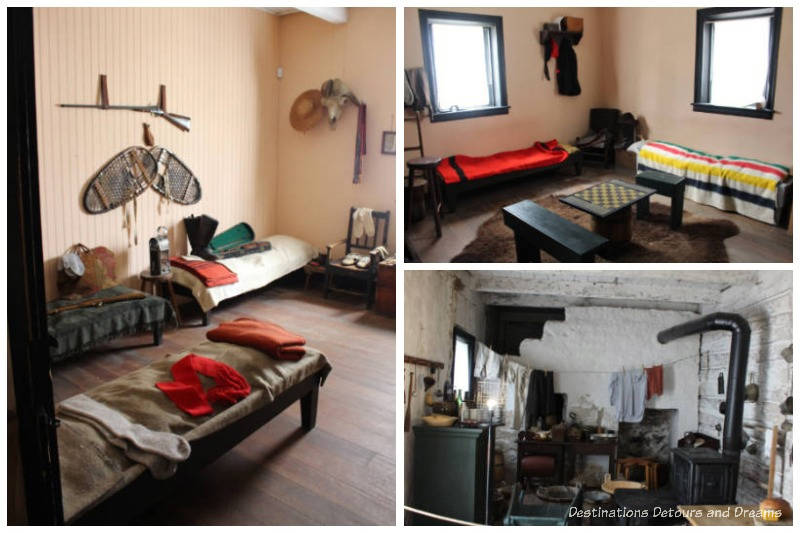
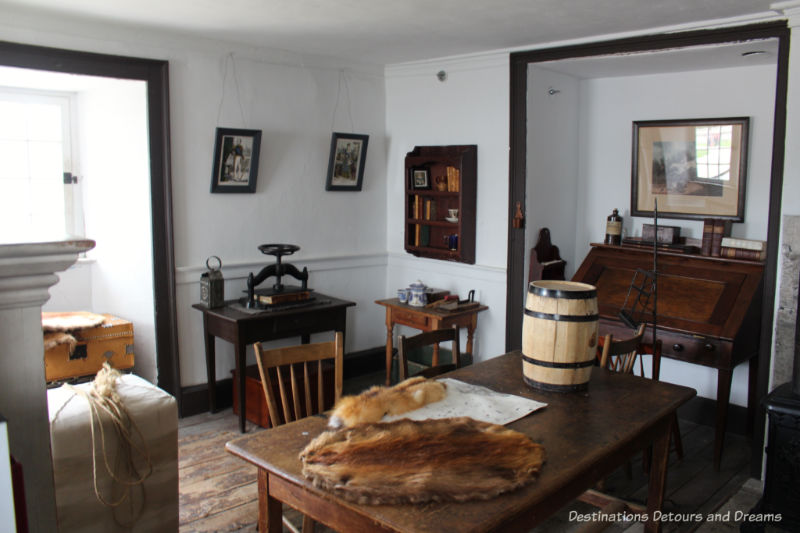
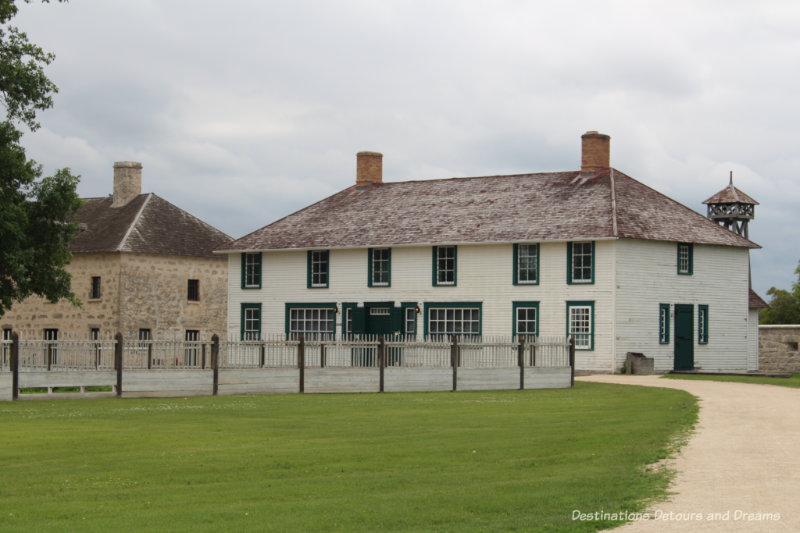
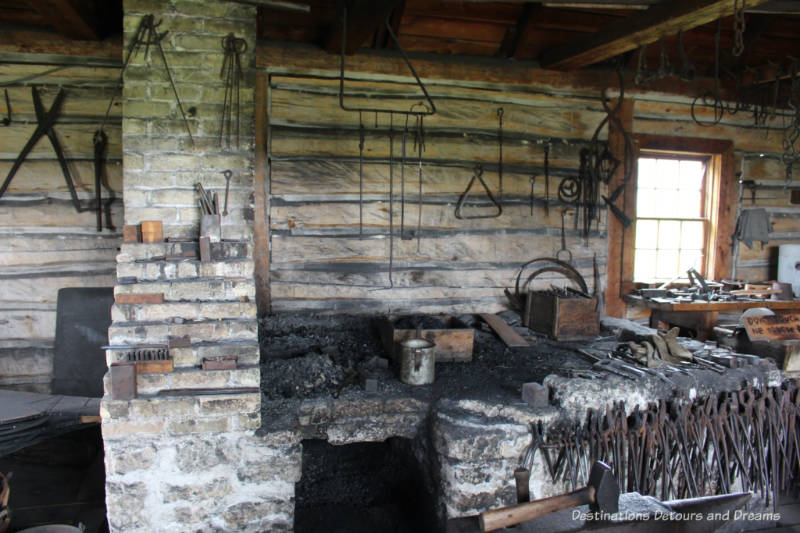 Blacksmith shop
Blacksmith shop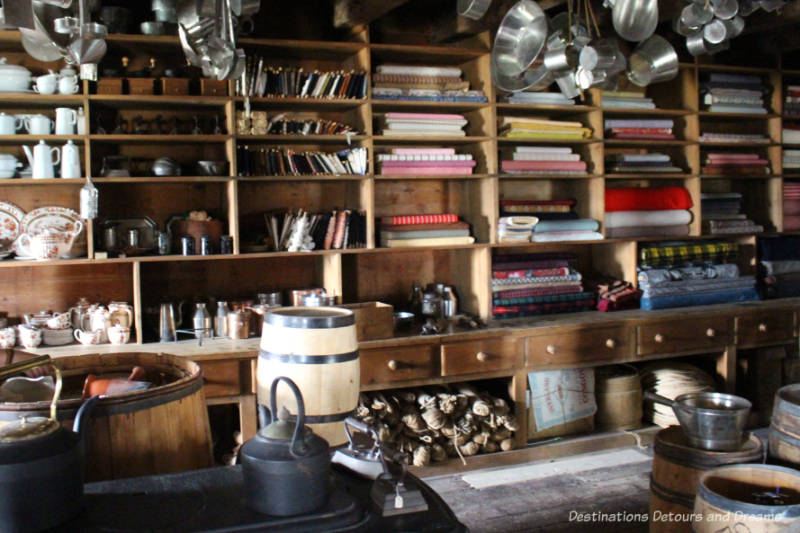 Store
Store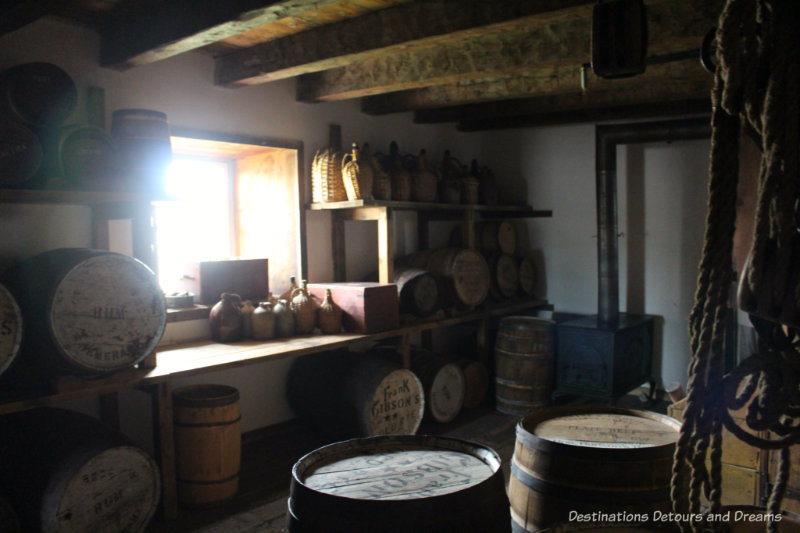
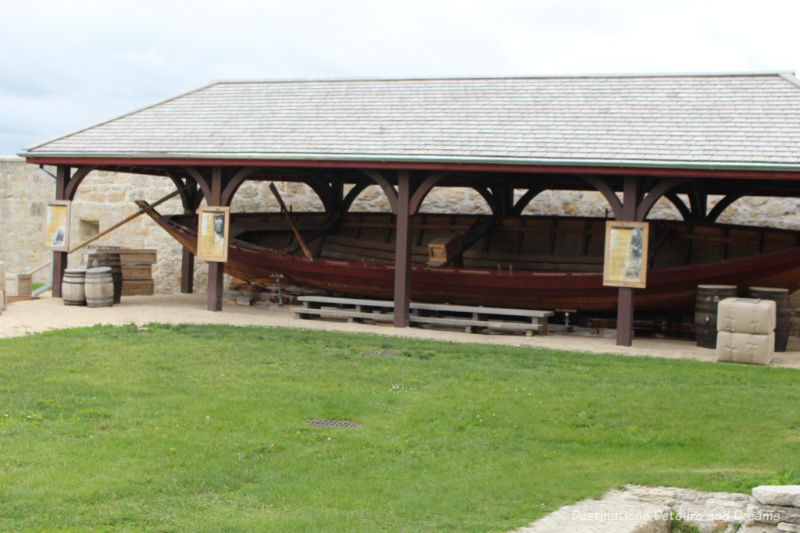
Boat-building was one of the industries of the fort. What are now called York boats, because York Factory on Hudson Bay was their usual destination, are large boats, 12 metres in length, that could carry over 3,000 kilograms of goods with a crew size of six to eight men.
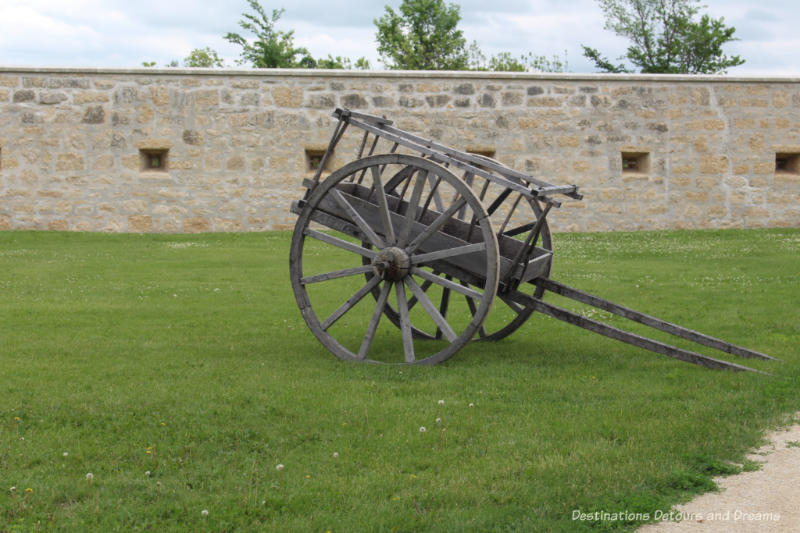
The Red River Cart, built of wood and using no metal parts, was easy to build and ideal for the frontier environment. Pulled by a horse or pony, it could carry 200 kilograms and travel 32 kilometres a day. Using oxen doubled the load and halved the distance.
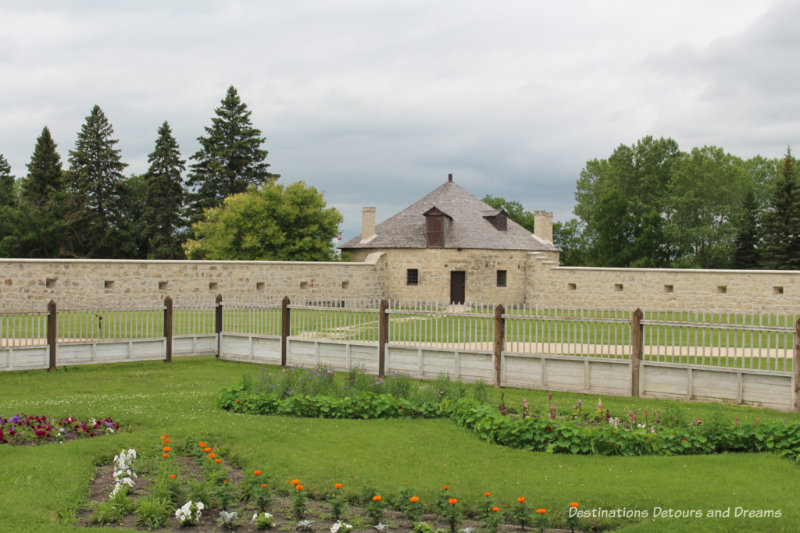
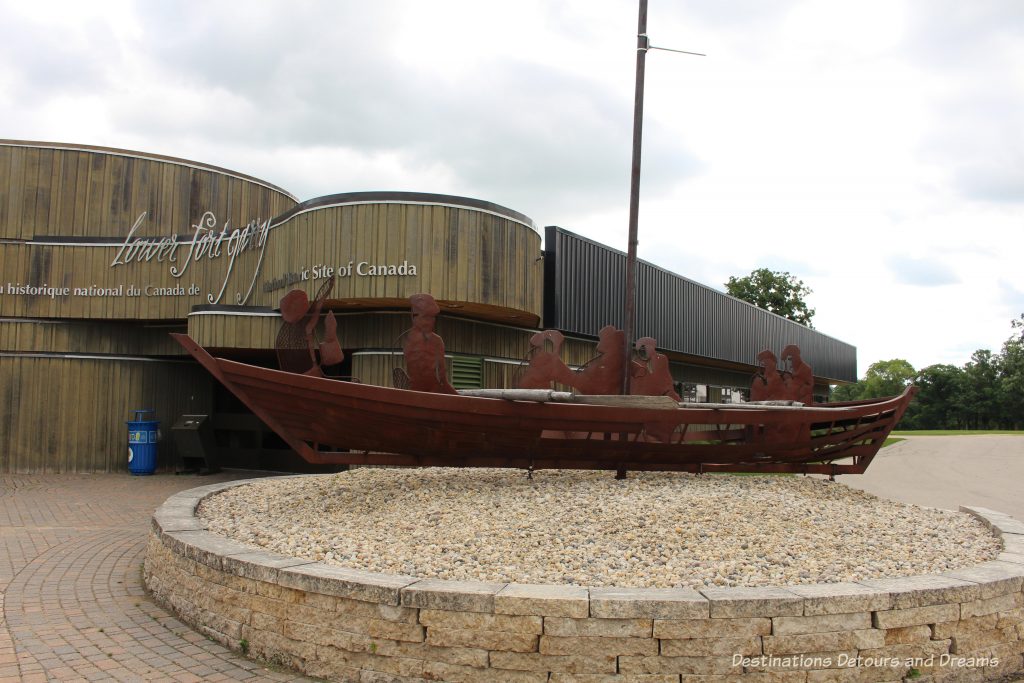
Note: Fort Gibraltar in the St. Boniface area of the city of Winnipeg provides a look at the fur-trade era in a different time period and from a slightly different perspective. Fort Gibraltar was built by the North-West Company in 1809. It continued operations under the Hudson’s Bay Company name after the two companies merged in 1821. The original fort was destroyed. The replica was constructed in 1978 to reflect key elements of life in the Red River Valley from 1815 to 1821. There are some similarities between the two forts, but there are also differences beyond the different time periods represented. Both portray aspects of fur trade life, but Lower Fort Garry reveals more about how the English company managers lived and gives a bit of a flavour for life beyond the fort because of the industries and agriculture at the fort. Fort Gibraltar focuses on the roles played by the Métis, Voyageurs (French-Canadian boatmen used to transport goods and furs between remote locations and company forts), and First Nations peoples. Advisory: Fort Gibraltar is currently closed to the public for the 2024 season.
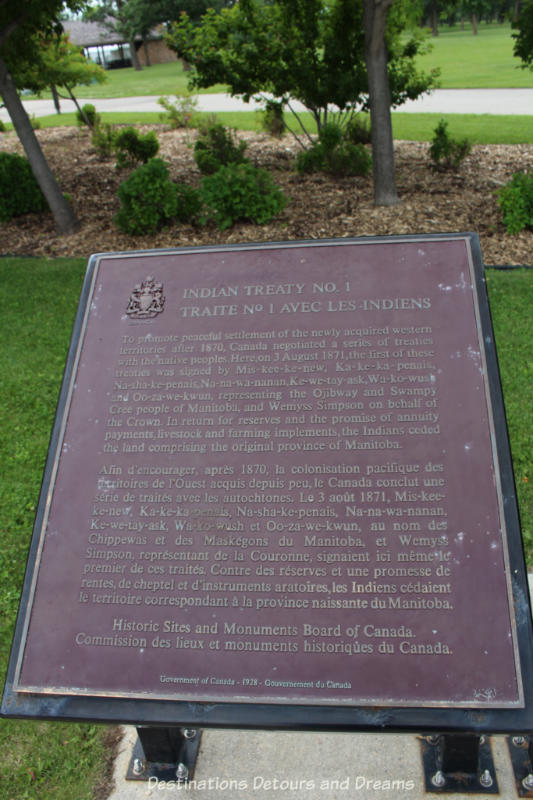
Canada negotiated a series of treaties with Indigenous peoples between 1871 and 1921. The first of these treaties, Treaty No. 1, between Canada and the Ojibway and Swampy Cree people was signed at Lower Fort Garry. Canadian officials saw the treaties as a way to facilitate settlement of the West. The Indigenous peoples wanted to protect traditional lands and livelihood without conflict. The controversial treaties have left a legacy of unresolved issues because of different understandings when they were signed and “outside promises” that didn’t make it into the written versions. Treaty 1 territory covers much of south-central Manitoba, including the city of Winnipeg.
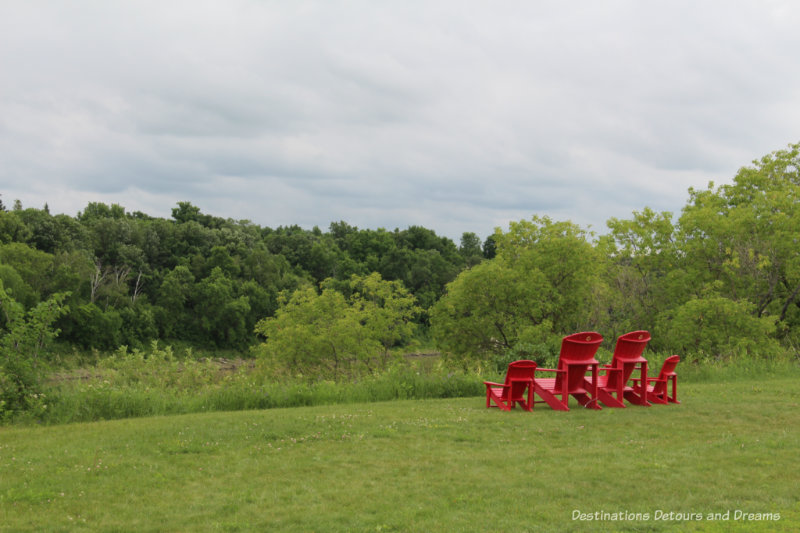
Parks Canada places red chairs in its locations at spots where you can connect with nature or just slow down to appreciate your surroundings. Red chairs at Upper Fort Garry offer views of the Red River. Given the height of the bank at this location, one can understand why this site was chosen to avoid flooding.
Lower Fort Garry National Historic Site is located about a half-hour drive north of Winnipeg just south of Selkirk at St. Andrews on Highway #9. Lower Fort Garry is open for self-guided visits daily from July 1 (Canada Day) through to Labour Day. Guided tours are also available. Allow two to three hours for your visit.
Never miss a story. Sign up for Destinations Detours and Dreams free monthly e-newsletter and receive behind-the-scenes information and sneak peaks ahead.
PIN FOR LATER

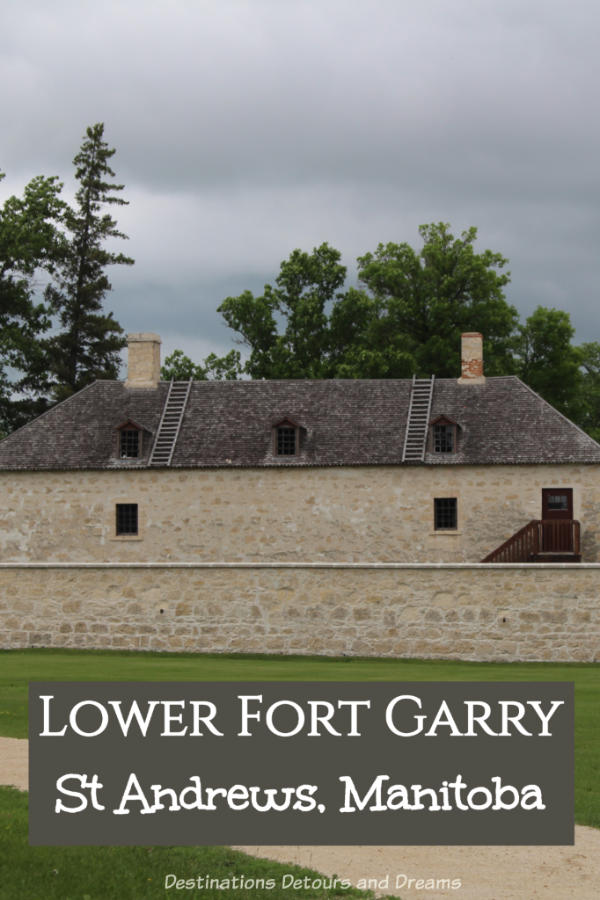
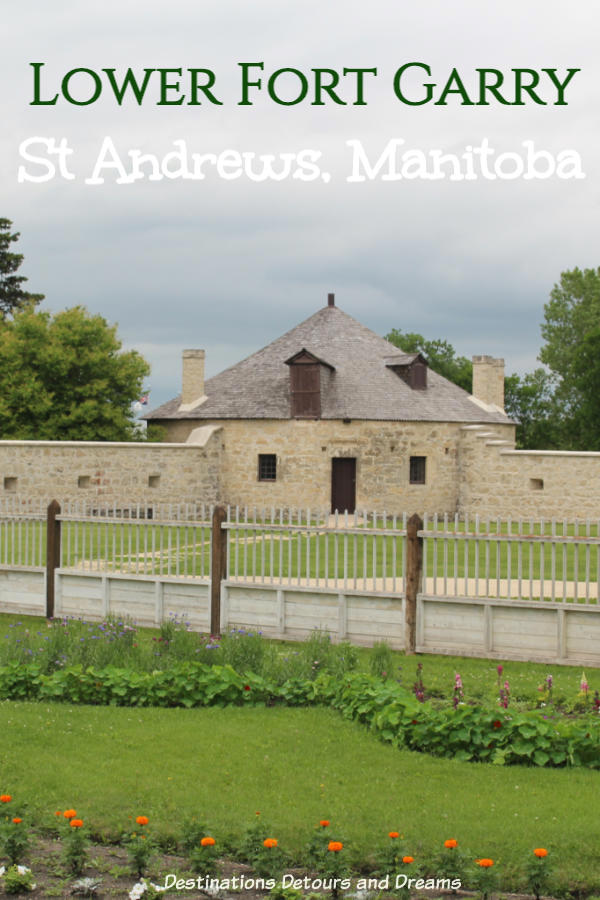


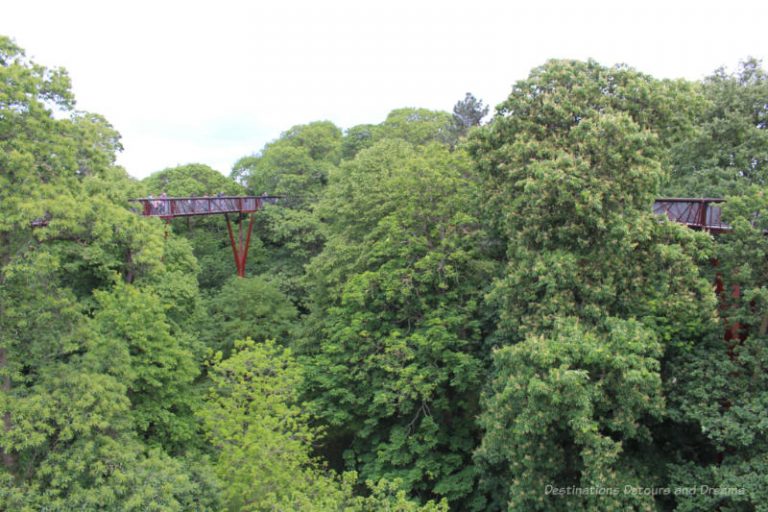

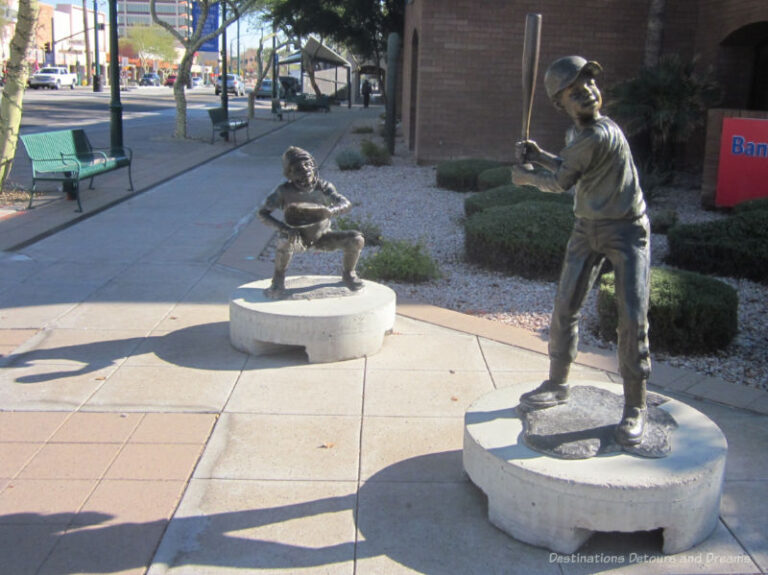
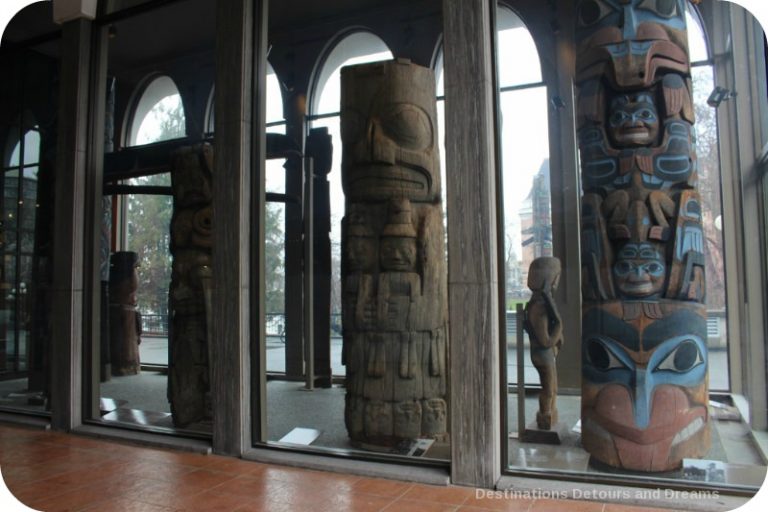

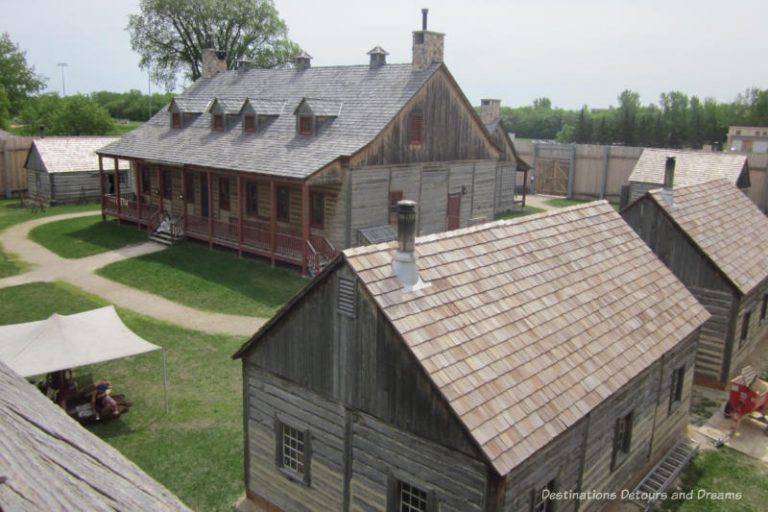
I really like the simplicity of the homes and the furnishings. Usually when you see a restored interior from that era it is from a very wealthy home and is piled up with silver, crystal and numerous adornments that were likely way beyond the means of most. These houses seem like they’r more typical of the period.
Ken, there is definitely more of a sense of a working life at the fort than that of the restored mansions often made into museums.